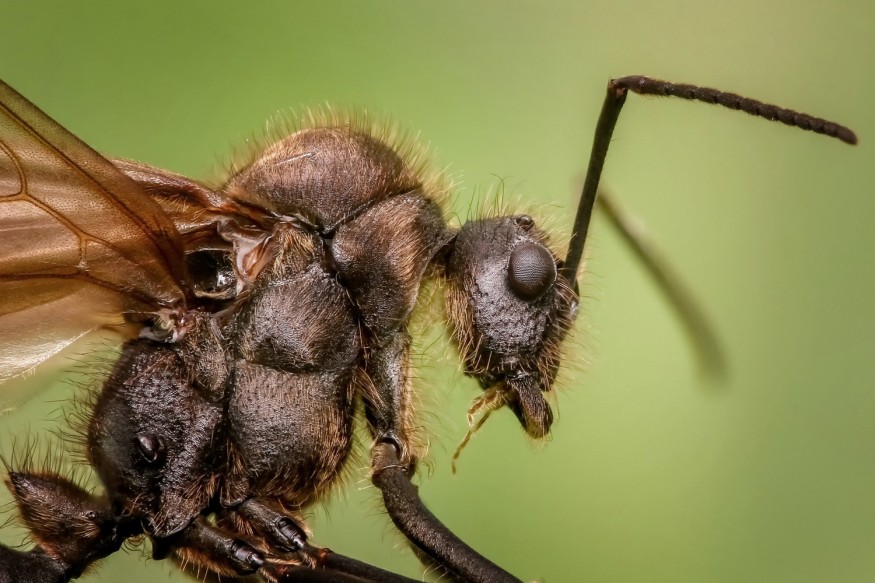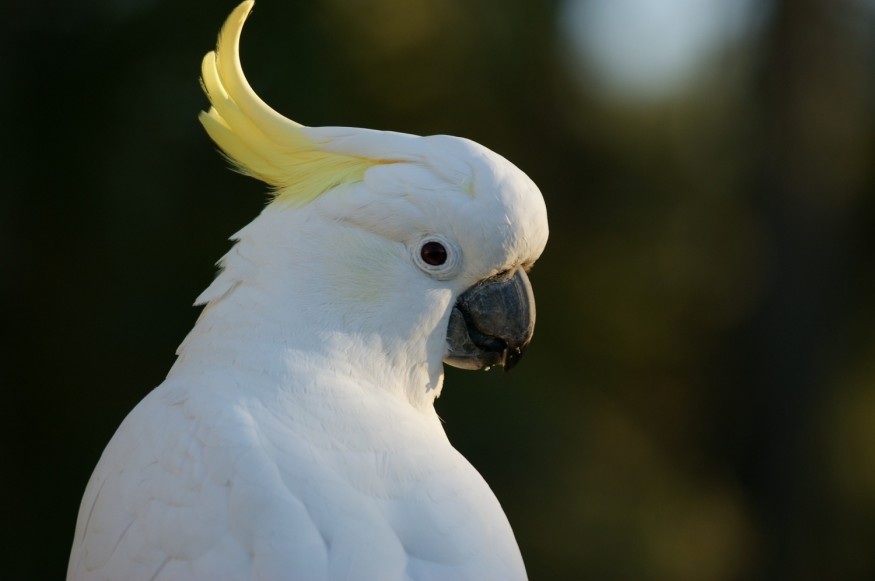
It's a wild, wild world. Ants that eat ants, cockatoos head-bangs, and clams that eat their way through stone - one thing's for sure, the animal kingdom can be wild.
Scientists stumbled upon all sorts of creatures performing bizarre and mesmerizing behaviors in 2019. Here are five of the most mysterious animal stories we heard this year.
Cannibal Ants

According to a study published in November, ants confined in an abandoned nuclear bunker in Poland devoured their dead to survive. Researchers first stumbled on the cannibalistic ant colony scuttling across the floor of a Soviet military bunker near the German border in 2015. Thousands of worker ants had settled through a pipeline in the bunker's canopy and were unable to climb back out. The scientists, on inspection of dead ant corpses found on the floor, discovered that gnaw marks surfaced many of the insects' abdomens. The researchers placed a ramp for the ants to leave, and most of these insects had left the bunker when the team returned a year later.
Head-banging cockatoo

Snowball, a sulfur-crested cockatoo, inspired a scientific study of avian dance. This sulfur-crested cockatoo went viral on YouTube when he burst into irresistible dance to a backtrack of the Backstreet Boys. A team of scientists played other songs for the cockatoo and discovered that Snowball consistently synchronized his movements to the beat. The cockatoo even came up with new dance movements, improvising different steps to go with particular tunes. Snowball's dance moves, according to the researchers, suggested that humans and birds may share specific musical, social, and cognitive abilities.
Clam eats rocks for breakfast

Scientists, just this year, discovered an odd-looking clam called a shipworm, whose relatives often eat the hulls of wooden vessels. The team was shocked to find out that this particular shipworm's unusual favorite snack is rock. The newfound clam uses shovel-like projections to dig into the rock as the shipworms cannot bore into the wood as other clams do. The creature chews up the foundation with its shells, gobbles it up, and discharges the digested minerals as fine sand. The researchers don't think that the clam gains any nutrients from its grave diet, but only eats rock to make bigger burrows.
Python vomits up another python

The gigantic phython in Australia puked up its last meal - which happened to be another python. The devoured python seemed even bigger than the one that ate it but measured about the same length, about 11.5- to 13-feet (3.5 to 4 meters) long. One python consumed the other by taking its prey's spinal cord into wave-shape. The "folding" action crushes the creature to fit in the predator snake's belly, similar to how humans squish bulky clothes into small suitcases.
Mice attacked an adult albatross

In the World Heritage Site of Gough Island in the South Atlantic, a house mouse got a full-grown albatross. The rodents often eliminate seabird chicks and eat the birds alive, but no one had never seen mice attacking grown-up albatrosses. Every loss of an egg, chick, or adult bird matters for population as albatrosses lays only one egg every other year. The Royal Society for the Protection of Birds is working with the government of Tristan da Cunha, Great Britain's new territory, to eradicate the invasive rodents, and protect the species and other birds on the island.
Takeaway
If you think you've seen everything because you watched a few episodes of National Geographic, then the number of strange and kooky stuff that the animal planet has yet to reveal can be classified as no less than amazing.
The year 2019 is no different from other years, and these several kooky stories have cut.
© 2026 NatureWorldNews.com All rights reserved. Do not reproduce without permission.





